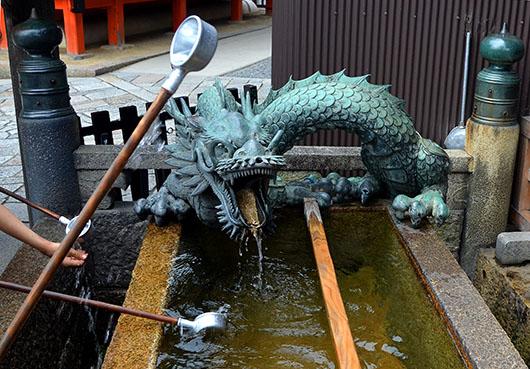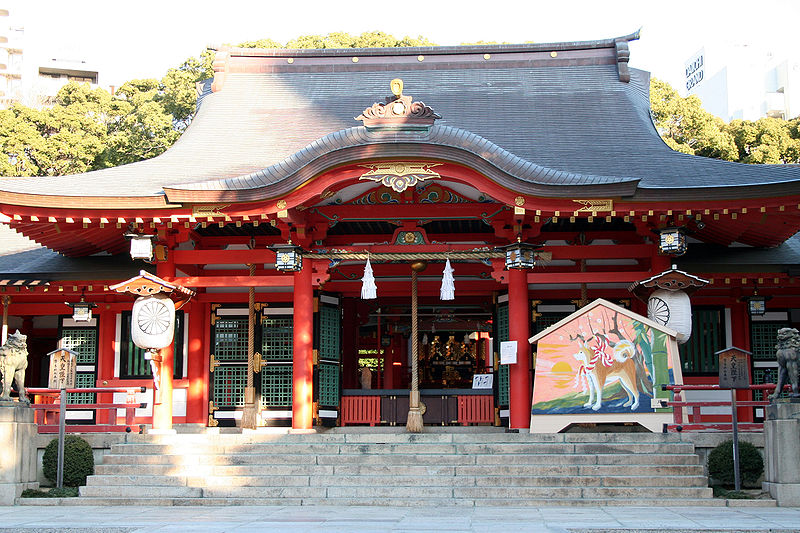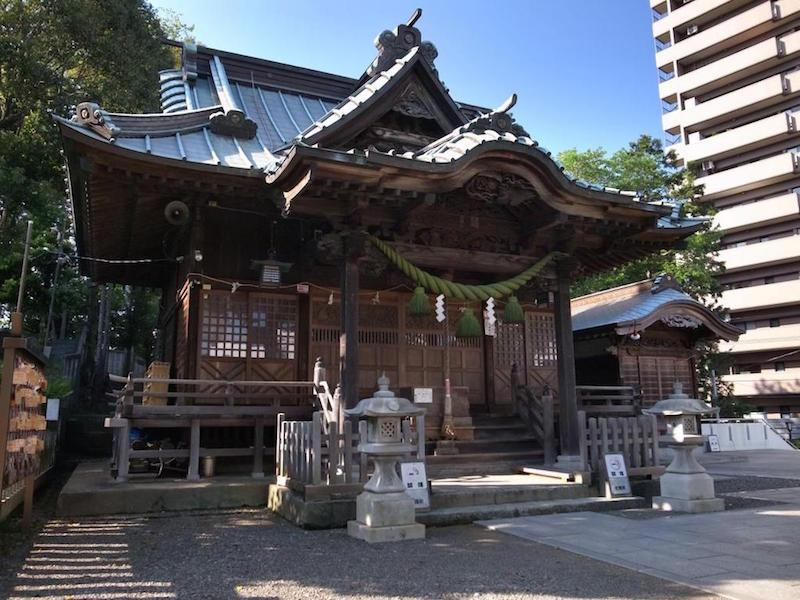Travelers to Japan notice the impressive gates that mark Shinto shrines, in Japanese, torii, as well as the shimenawa, referring to a type of rope made from rice straw or to the rice paper attached to it or to trees. Shinto festivals shape the annual cultural calendar of Japan, and some regional festivals have become attractions. Most of my students in the USA encounter Shinto ideas in the movies of Miyazaki Hayao and anime such as Inuyasha. But what exactly is Shinto?
In his brilliant book Shinto: The Way Home (2004), Thomas Kasulis distinguishes between two ways of approaching and living a religious system: an essentialist and an existential form of spirituality. The former is prescriptive, outlining a set of beliefs and practices that anyone claiming a specific religious identity such as “Shinto” has to embrace and follow. The latter is descriptive, insofar as a person considered a practitioner of a specific system adopts a variety of customs and practices somewhat unreflectively, and when pressed to explain the reasons behind them, is flustered and at a loss for words. In this sense, it is safe to say that most Japanese practicing Shinto exemplify existential rather than essentialist spirituality.
Shinto plays a significant role in the daily life of many Japanese. It starts with the home altar, kamidana, that can be found in many households and businesses. These kamidana are relatively simple wooden structures that house a mirror and offerings of sake or water, a stylized plant, and a mikan, a Japanese mandarin orange. People make these offerings daily to care for the kami (literally, “god” or “spirit”) living in their house as they would a relative. The second important Shinto feature in Japanese life is a visit to a Shinto shrine. In Japan, people visit shrines on their way to work and on weekend outings—many shrines, such as the shrine complex on the island Enoshima south of Tokyo, are built in spectacular surroundings—to pray to the kami for help with a crisis or particular concern, or to celebrate significant year-cycle and life-cycle events.
Most shrines have similar features. The gates mark not only the entrance to the shrine, but also the presence of a kami. Next to the gate one can find a water basin, temizuya, for visitors to purify their hands, mouth, and foreheads, since it is believed that it is our deeds, speech, and thoughts that pollute us and make us lose the sense of who we truly are. After cleaning themselves, visitors clean the ladle itself and return it to the water basin. Also in the vicinity of the gate are empty sake kegs gifted to the shrine by donors. At the spiritual center of the shrine are the honden, the main hall, and the haiden, the ceremonial hall. The latter is the location of rituals performed during annual and life-cycle events, while the former enshrines the main kami. Any one shrine may house more than one kami, but the honden is dedicated either to a local kami or to Inari, one of the kami found more commonly in Shinto shrines.
The statues found in shrines mostly represent guardian spirits like foxes and forest spirits like the Tengu, but less frequently, if at all, they depict the main kami itself. Rather the kami is represented by a mirror, a jewel, or a sword—thus, the divine is concealed. In the vicinity of the honden, practitioners leave
votive tablets on which they write their petitions and concerns. Good and evil fortunes (omikuji) written on paper are tied up on a wire left for this purpose or on branches. The hope is that the good fortune may come true and that bad fortune will be averted by the local kami. Finally, many shrines bless and sell omamori, amulets, for various purposes such as good health and success.
In addition, many Japanese go to shrines at the beginning of January to celebrate New Year, oshogatsu, on the second Monday of January to celebrate “adults day” (seijin no hi), and on 15 November to celebrate shichi-go-san, literally “seven-five-three,” to present children aged three, five, or seven to the local shrine. Lesser known outside of Japan is yakuyoke, literally, “a ritual to ward off evil,” by means of which people of a certain age (unlucky years are called yakudoshi) determined by an astrological calendar go to the shrine to ward off evil fortune.
It seems that people in Japan follow some or all of these practices without enquiring into their deeper meaning or underlying metaphysical systems. Once we ask about the purpose of these practices and the belief system of Shinto, we enter the world of what Kasulis calls “essentialist” spirituality. In this approach, the search for a Shinto identity and a Shinto orthodoxy is more important than the lived practice. These questions lead the scholar to the Shinto myths as transmitted in the chronicles Kojiki and Nihon shoki (both 8th century), which describe the creation of Japan by Izanagi and Izanami, emphasize the importance of their daughter Amaterasu (the sun kami, who is enshrined at Ise), and maintain the continuity between kami and humans and especially between Amaterasu and the imperial house of Japan. These reflections can lead to a systematic Shinto theology à la Moto’ori Norinaga’s (1730–1801) kokugaku or, in the extreme case, to the nationalist ideology of the Meiji period (1868–1912) known as “State Shinto.”
For myself and for many Shinto practitioners, however, the Shinto shrines serve as a reminder of the spiritual dimension of nature and humanity. It is this spiritual dimension that is embodied by the kami and that is inseparable from our bodies and the environment we live in. In this sense, many Shinto shrines, rituals, and practices remind us that there is more to life than the material dimension, and that it needs a conscious reorientation and self-cultivation to regain this dimension and our common humanity.
References
Kasulis, Thomas P. 2004. Shinto: The Way Home. Honolulu: University of Hawaii Press.
















